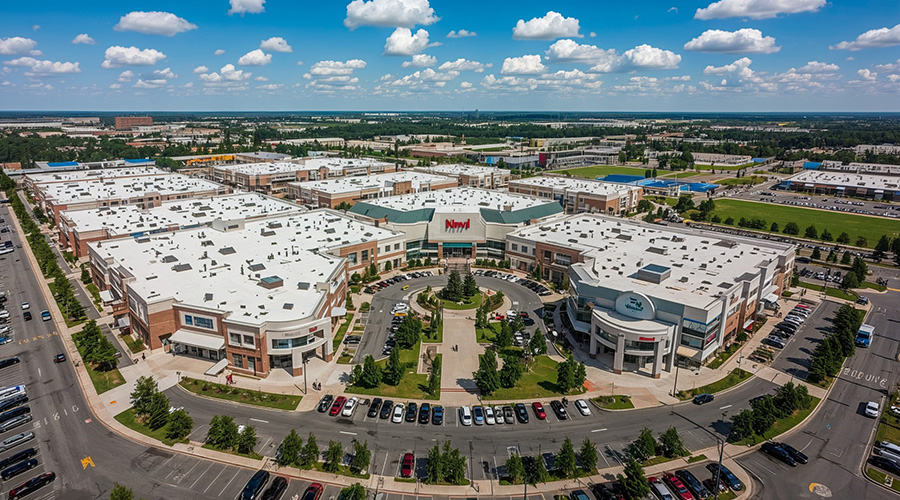The significance of AV components in today’s operating room (OR) environment cannot be overstated: care providers are increasingly relying on them as communications sources of vital information. There’s little margin for error in the hospital environment, thus the immense responsibility of perfecting AV systems integration.
Yet audiovisual (AV) installations for the operating room environment are particularly challenging. When it comes to these environments, no detail is too small in terms of technology planning as the slightest inaccuracy can lead to a major issue for the care provider.
As you contemplate your next A/V integration project for your OR, consider the following:
• To accommodate evolving needs, consider all the features you may need; it’s best to have more technological features and power sources for the equipment than not enough. In other words, future proof it. As an example, install infrastructure that can handle 4K video to be ready for future demands.
• Ensure spaces are designed to be technologically flexible. For example, displays need to be able to interface with medical equipment as well as offer the ability to transmit to other locations as part of a potential future teaching exercise. What type of video connection does the current medical equipment include? Will this change soon? HDMI is most common in current AV installations, but will you need a form of DVI or do you still have any old video formats on site such as VGA?
• Allow for switching/matrixing of sources to the different displays. This requires infrastructure planning to accommodate possible location of multiple cameras over the surgical bed and wall as needed, as well as source input in other surgical suite locations.
• Be cognizant of where the surgeon is situated for optimum camera location. Also consider Vaddio RoboSHOT 20 UHD cameras as they offer high-resolution imagery as well as a selection of various output video formats.
• Provide displays within reasonable viewing angles; aesthetics are not as important. Also make sure these displays are as flush-mounted as possible and include a protective cover to prevent damage by surgical staff.
• Make sure displays have the feature-sets needed to review X-rays and other images - most displays don’t. Philips commercial displays for example are DICOM (Digital imaging and communications in Medicine) certified which requires high quality grayscale imagery to support x-ray and medical report information. Displays capable of showing multiple high-resolution images fed from medical devices, radiology, and light-fixture installed video cameras with surgical-field views are in high demand.
• There are also some issues that may seem obvious to consider, but can easily be overlooked: Is the equipment permanently installed or will it be wheeled around; is there a need to plug it into the wall? Is there the needed infrastructure to hold equipment on the wall and ceiling areas?
• Many hospitals are further leveraging A/V technology to educate, train, and inform personnel in their facilities. A growing number of institutions are seeing a value in either recording and storing or transmitting live what transpires in the OR. Consider the need to accommodate recording surgical procedures and whether you want to store those files locally (via USB) or remotely (point to a server).
• Consider the A/V technology’s storage aspect. Will the A/V equipment be remotely closeted or situated locally? Will it require individual racks for each OR? Will multiple operating room audio visual systems interconnect to a single-head end system?
Whether an OR has a wall-mounted TV or a cutting-edge, multiscreen video and wireless collaboration systems, today’s solutions are integral to the healthcare providers’ overall success. An experienced integrator can help you make the right technology decisions based upon your specific needs.
Jay Vigneau is a Senior Project Engineer for Signet.

 Healthcare Is the New Retail
Healthcare Is the New Retail Bridgeway Behavioral Health Services Launches Campaign to Renovate Health Center
Bridgeway Behavioral Health Services Launches Campaign to Renovate Health Center Ground Broken for New North Dakota State Hospital
Ground Broken for New North Dakota State Hospital AI Usage for Healthcare Facilities
AI Usage for Healthcare Facilities Ground Broken on Pelican Valley Senior Living Modernization Project
Ground Broken on Pelican Valley Senior Living Modernization Project